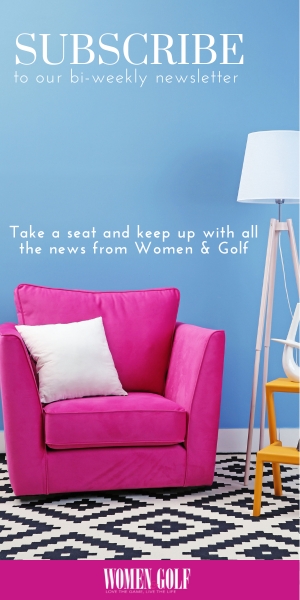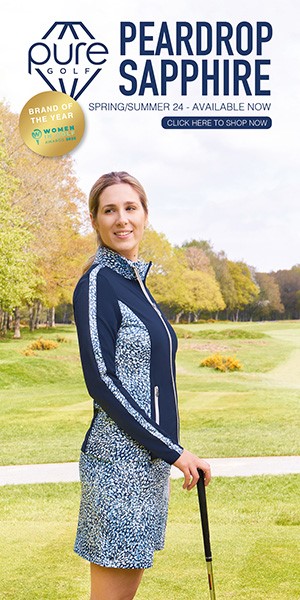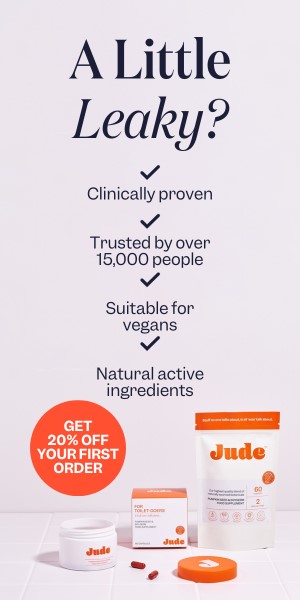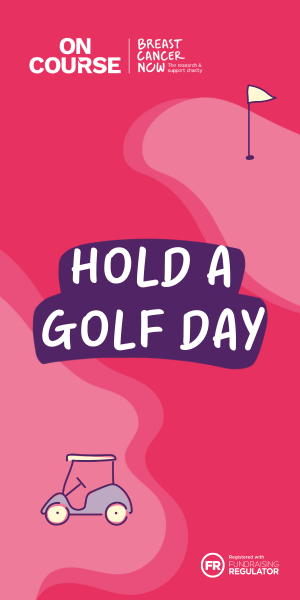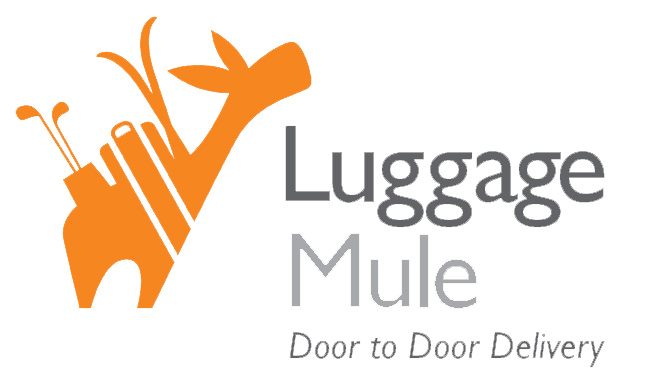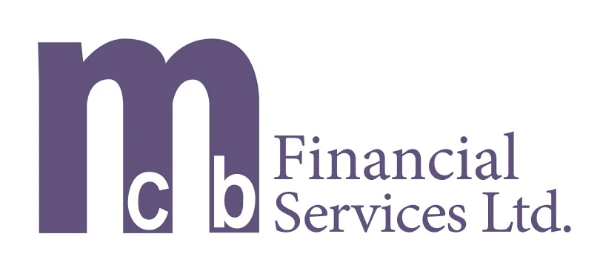Editor Emma Ballard speaks to LET Commercial Director Fiona Harold about her broad and varied role, how she has brought a fresh perspective into golf and what the future holds for the LET
Welcome to our new 12-part series Inside the LET. Each month we'll be hearing from someone within the Ladies European Tour, to gain a better insight into the tour, the large number of stakeholders and partners involved and what it really takes to run a global professional women's golf tour.
Growing up in a sporty household, playing lots of different sports and always having sport on the TV, Fiona Harold felt destined to work in the sports industry. After University, she joined IMG and you could say the rest is history, growing her status and credibility in roles across agency, rights holder and brand side, including with IMG, Barclays, Sport England and The Football Association.
Nearly 18 months ago, Fiona left The FA to join the LET as Commercial Director, with one of her first jobs to complete a strategic review of the LET broadcast rights. As you will see from the interview with Editor Emma Ballard below, Fiona hit the ground running and hasn't had much time to catch her breath!
Can you tell me what the role of Commercial Director entails?
Ultimately I am responsible for driving revenues into the tour, with broadcast and sponsorship being the two key areas through which to do this.
Delving into this a little deeper, with regards to media rights, that is managed by Pitch International, so I lead that agency relationship and work with them on sales strategy. My remit also covers broadcast production.
From a sponsorship point of view, I handle renewals with current partners as well as new business. We are about to go to market with our Order of Merit proposition which is available from 2025 onwards.
I work closely and have regular dialogue with my LPGA counterparts to make sure that we are aligned on our approach to certain strategic and commercial initiatives where we can maximise value for both tours.
Delivery of the European editions of the Solheim Cup and PING Junior Solheim Cup are also my team’s responsibility, so I oversee the LET’s relationship with our agency partner IMG.
More broadly, I work closely with the Marketing & Comms Director to ensure we are optimising use of content and revenue-generating opportunities through our owned and operated platforms.
In addition, we act as a resource to our tournament promoters in order to help ensure they are best placed to attract tournament sponsorship, drive ticket sales, develop best practise in the sustainability space etc.
Whilst guiding the team in executing all of the above, there is a huge amount of relationship and stakeholder management involved internally and externally when you work for a sports organisation.
Is it possible to give a brief idea of what a day in the life for you looks like?
Not really! No day is the same. For example, yesterday I had a number of calls with various stakeholders in three different continents relating to several different topics. I have several calls/meetings lined up this week with sponsorship agencies. Last week I had two days of planning with my team in the office, focusing on how we plan to deliver for all of our partners this year and what our new business strategy is.
During February I travelled three back-to-back weeks - firstly to the LPGA for a season kick off and strategy session for four days, I then went to Riyadh for the Aramco Saudi Ladies International for meetings with Golf Saudi, Saudi Sports Channel and our broadcast team. The focus wasn’t just on ASLI, it was also valuable planning time for future Aramco Team Series tournaments. I then went to Morocco and presented an update to our players on all things Commercial.
Time with key stakeholders in person is really critical but very rare when working on a global tour so I try to make the most out of every trip but it’s also important to keep on top of the business as usual so you don’t fall behind.
I go to Amsterdam on Monday just for a day trip to attend a Solheim Cup 2026 Organising Committee meeting – the event is being held at the fantastic Bernadus Golf Club and planning is well underway already.
Then I am attending the International Sports Convention for two days at Spurs and taking part in a panel on the topic of Allyship in Women’s Sport. I should then get a bit more desk time before the travel starts up again early May.
Generally, the split is around 50/50 internal v external from a calls/meetings point of view. Cross department communication and connecting with the team in a virtual environment is important so lots of impromptu calls, and working with our counterparts at the LPGA, especially the legal team takes up a significant amount of time. That’s a key partnership for us.
Flights are actually really helpful for catching up and thinking time without interruption! I also read as many articles as possible and listen to a range of sports industry podcasts on a regular basis to keep up to date with what’s going on more broadly in golf and the global sports landscape, and catch up with industry contacts as much as time allows.
In what sector/s have you looked to bring investment into the LET?
This is a key priority for 2024. So far the focus has been on renewing existing partnerships which cover off several categories, supporting tournaments with introductions to interested brands, and also establishing what our big proposition is to take to market.
We announced our adidas partnership recently which I’m really proud of and excited about. It’s not always about the financial investment. VIK (value-in-kind) forms the basis of several of our partnerships given we have various product/service needs around the tour. Working with global brands like adidas means we can benefit from their reach, audience and wider sports partnerships so they are just as valuable as the bigger investment partnerships. Their values align really well with ours which is important.
We also aim to put our players at the core of everything we do so it’s important we have that front of mind when discussing opportunities with prospective partners, delivering partner campaigns, getting our content seen and key messages out there etc.
Your previous role was at the FA at a time when women’s football started its meteoric rise. What were you able to draw on from working in football to bring into the golf industry?
Firstly I think golf couldn’t be more different to football on so many levels! There aren’t many parallels between the FA and the LET so I had to learn a lot and develop a new network pretty quickly, which I’ve really enjoyed. And it’s been a challenge which I like, most of the time!
A couple of points to note here – one specific which is that I’ve been able to bring a fresher perspective to how commercial partnerships are constructed and how assets are developed and can be used. More generally, it has helped me raise the profile of the LET through my established network, be part of the wider women’s sport conversation and attract interest from agencies and organisations that perhaps wouldn’t have paid attention previously.
I have a great network with commercial directors in a number of other sports organisations addressing important topics such sustainability, female equity, R&D into athlete performance etc. That’s really important to ensure you’re on the journey, evolving and benefitting from industry insights but also to ensure we have a real time understanding of what’s happening in the media rights and sponsorship market and are on the radar. Driving visibility for the LET and having skin in the game takes time and effort.
You kickstarted your time at the LET with a strategic review of the broadcast rights. With the visibility of women’s sport being such a hot topic, how important has it been to you to gain greater broadcast coverage of the LET this year and beyond?
Global Broadcast coverage allows us to serve our core audience and drive visibility and profile for our players, LET and tournament sponsors, so it’s key we are doing everything we can to optimise coverage of the LET.
The review was to understand how much airtime the LET was actually getting, the challenges and barriers to securing coverage in certain markets or in any given tournament week, and to ensure our production capability was price competitive and as high quality as possible within our budget constraints.
It also helped us understand more about where we sit in the broader sports landscape and how we benchmark against other sports properties. It’s a constant education piece for us and our stakeholders. The more you know, the more realistic your ambitions can be and you can manage expectations of stakeholders as best as possible.
It’s a tough market out there and as you know, it’s more cluttered and competitive than ever with the fragmentation of media consumption and amount of sports properties available. It’s also important to consider the consumption habits of the younger, less traditional women’s golf audience and how we serve them through our owned digital platforms. All of this shapes how you construct your agreements with broadcast partners and carry out reporting for your key stakeholders.
Golf production for a global tour is pretty crippling so that remains a big ongoing challenge for us.
You have been at the LET for nearly 18 months now, what has been a particular highlight so far?
Everyone at the LET should be proud of the incredibly hard work that went into the Solheim Cup last September. Europe retaining the trophy for a third consecutive edition and records being broken in terms of viewing figures and overall visibility was definitely a highlight.
The Solheim Cup is so important for women’s golf as a whole – an opportunity to showcase the best players in the world competing in an exciting format, attracting the attention of a wider audience and inspiring future generations of players. That’s the event that attracts more free to air coverage than our regular LET tournaments so it’s huge asset for us.
The standard of golf is incredible and the experience is second to none. It’s a great opportunity for sponsors.
As we see investment continue to grow in the women’s professional game, how excited are you about the future of the Ladies European Tour?
I think we’re in a solid position from a schedule and prize money point of view and we constantly strive to keep driving up that investment. Attention and interest is gradually growing from a sponsorship point of view but the investment isn’t coming through enough yet. That’s the case for other women’s sports. Still a lot of talk but not enough action and investment.
I want to be excited about the future of Women’s golf as a whole, from the elite through to participation and down to the grassroots. We’re currently too fragmented as an ecosystem though and work needs to be done to improve all that.
Women’s golf is a very unique and niche environment to be in but it’s one that has a highly engaged, affluent audience and there’s so much positive sentiment around it. The athletes are obviously incredible role models too.
Brands that play in the men’s space need to look harder at the women’s game, and agencies and properties need to continue to educate brands about the opportunities. Whereas a lot of other women’s sports are realising they attract different audiences, the women’s golf audience is actually very similar to the men’s game and I think offers an even better value proposition and equally strong platform and environment through which to connect with consumers and/or businesses.
Did you miss part two of our 12-part series? Inside the LET: Pauli Van Meersbergen, Tournament Director - read the full interview here.




